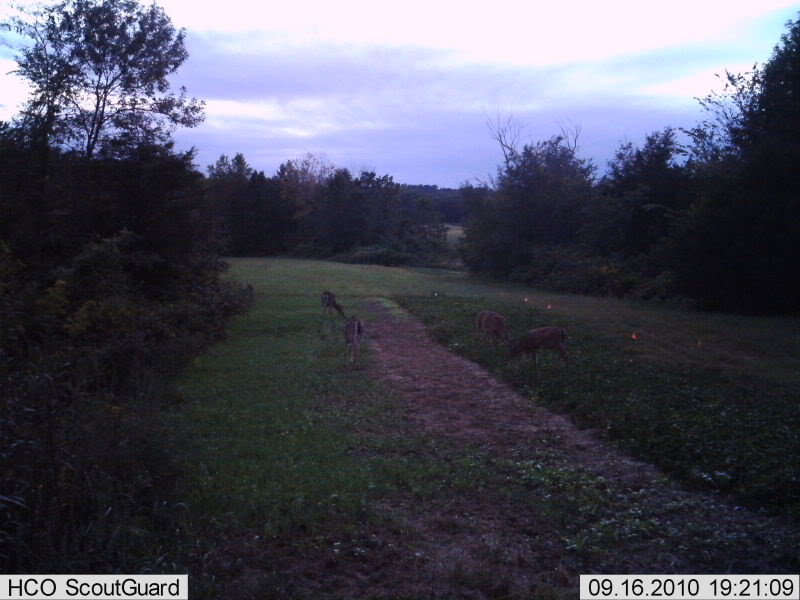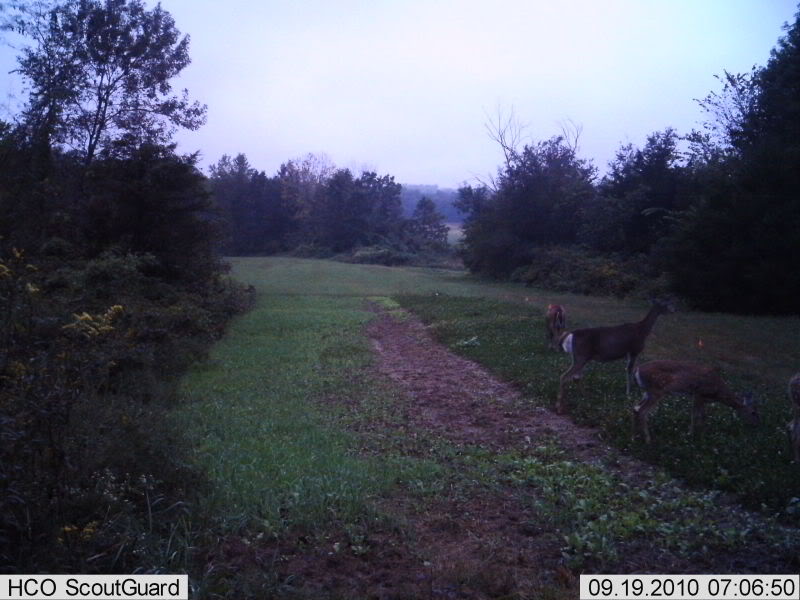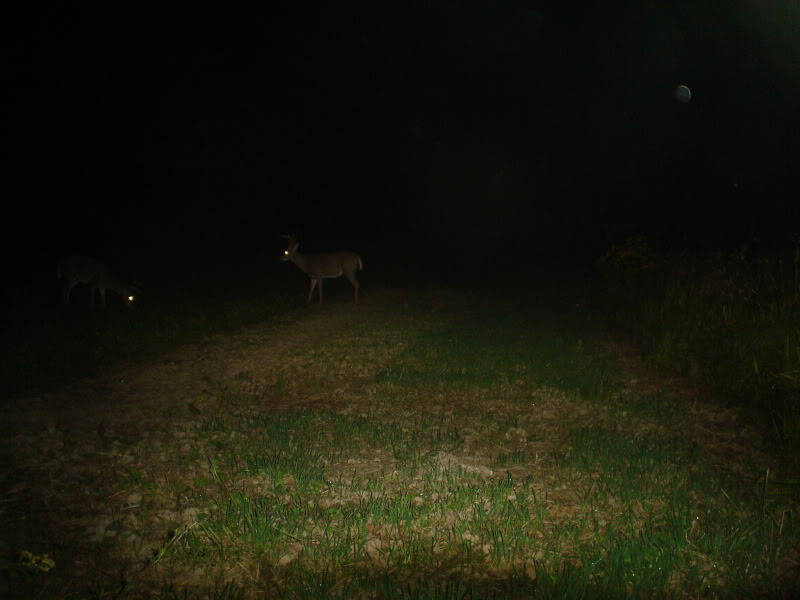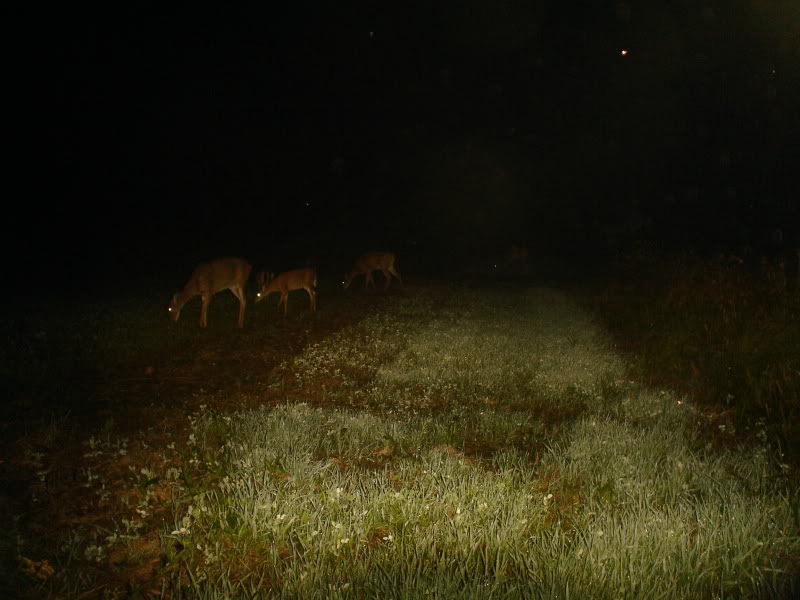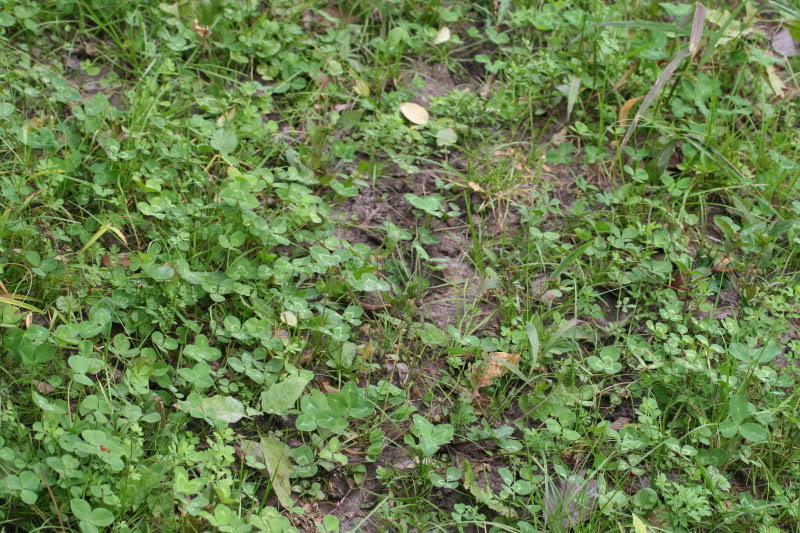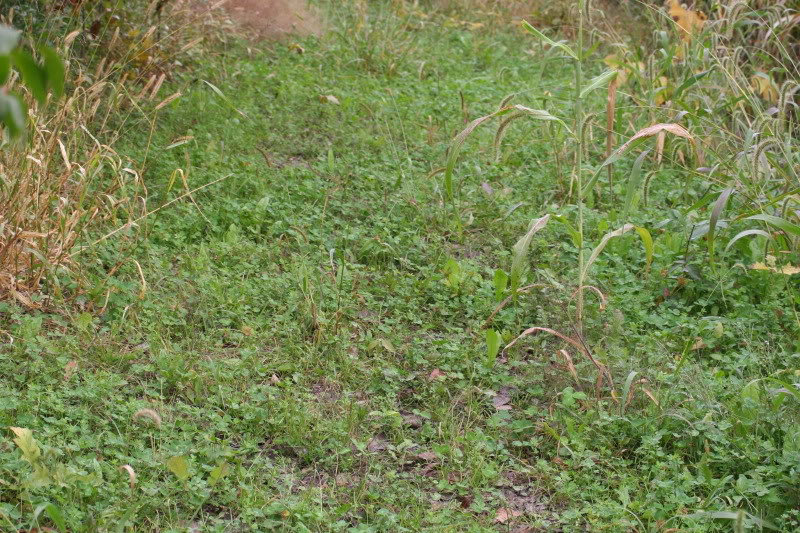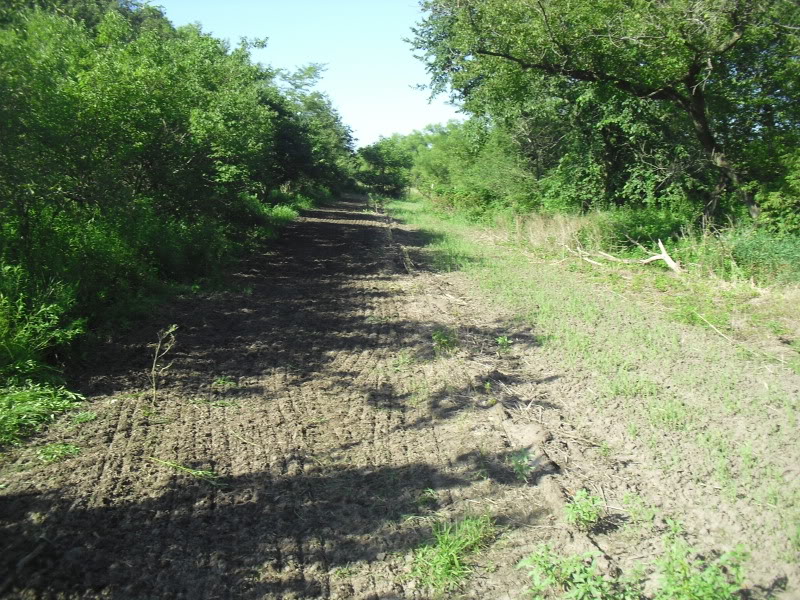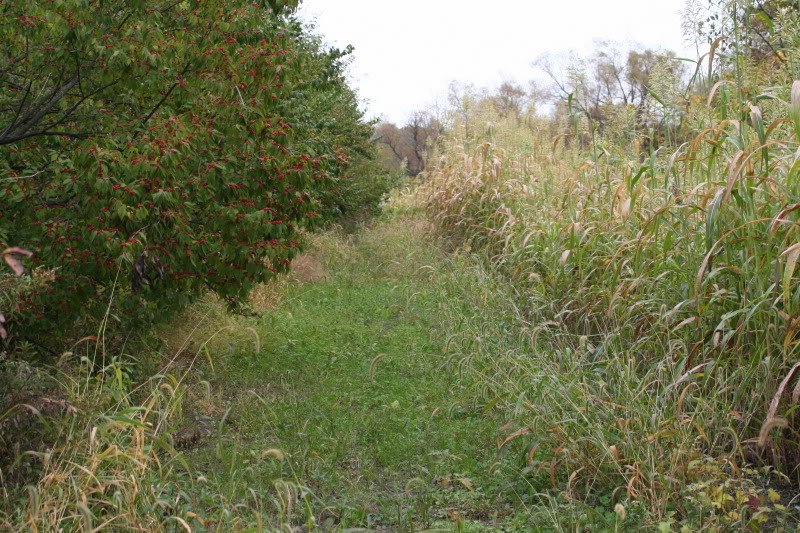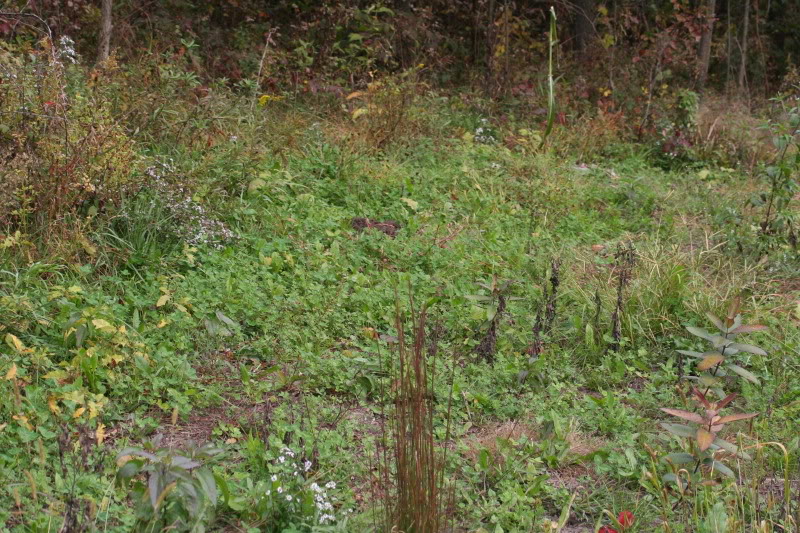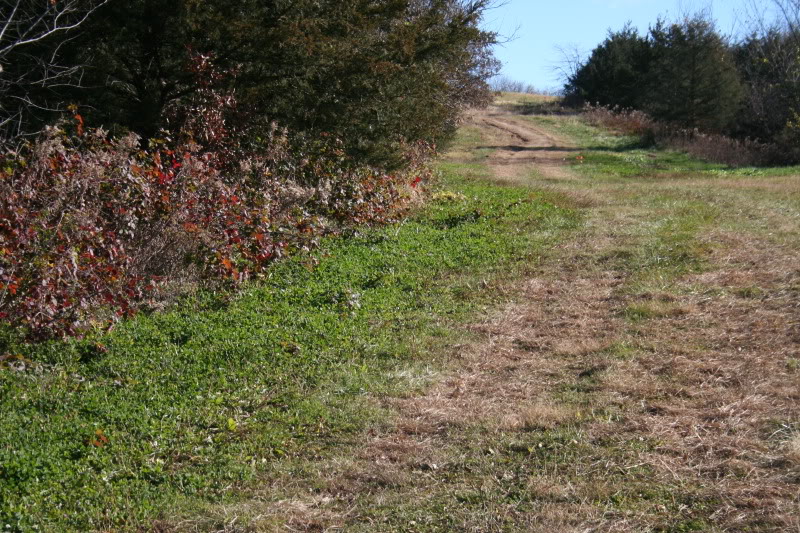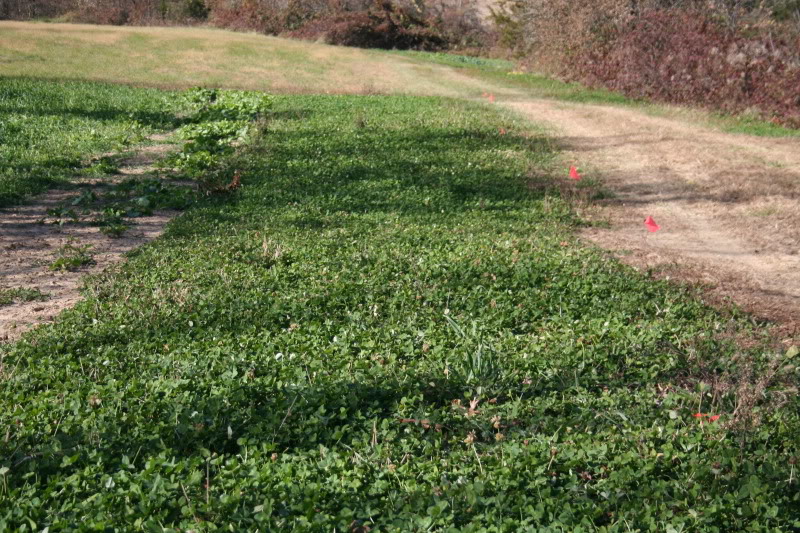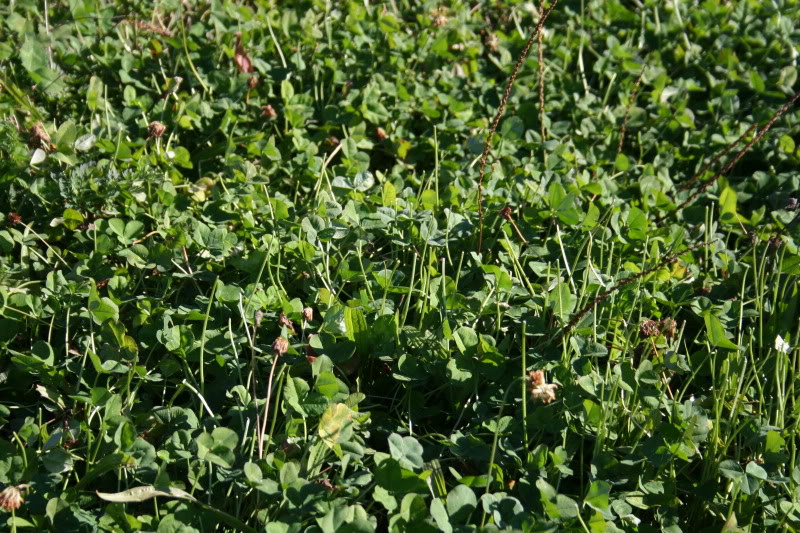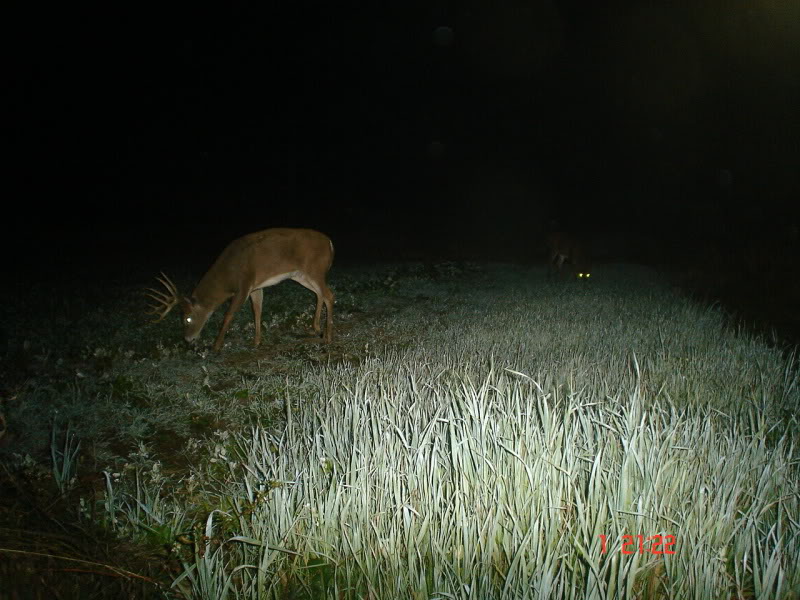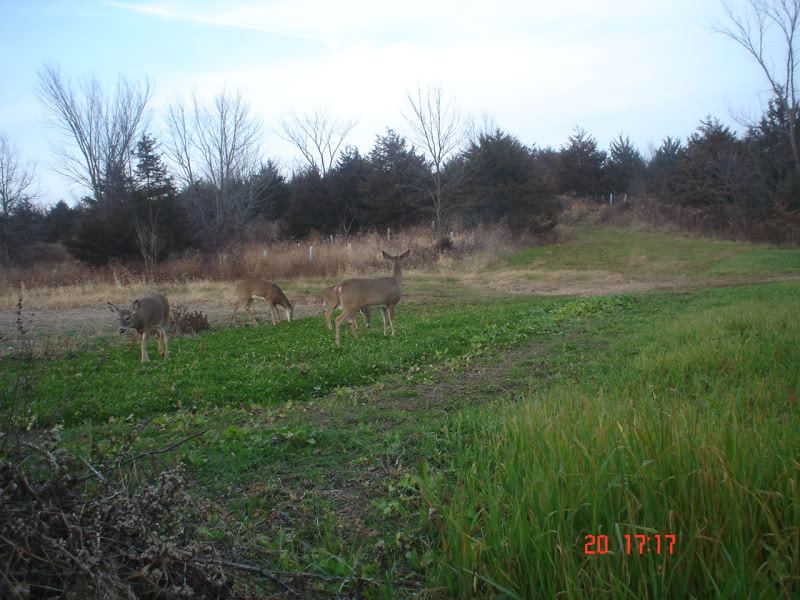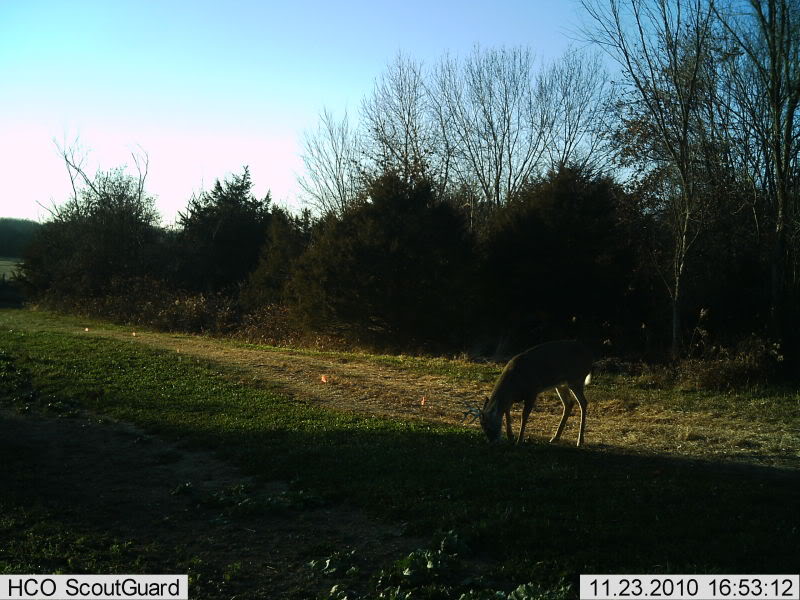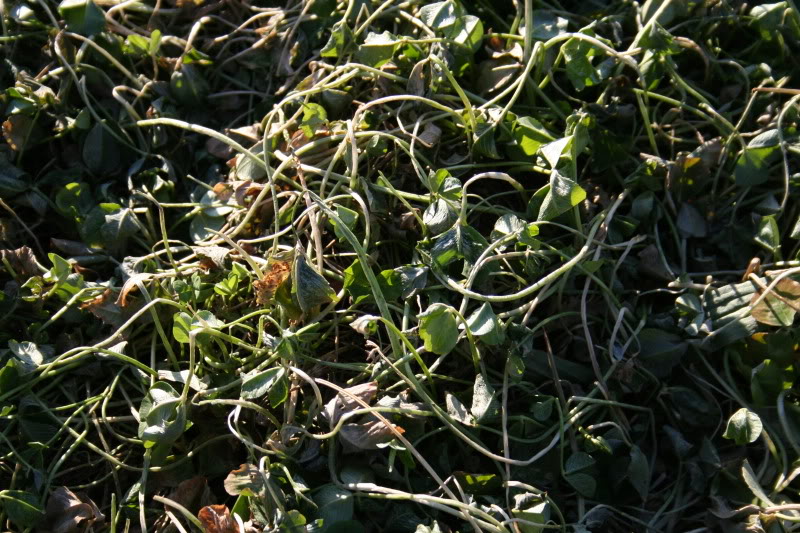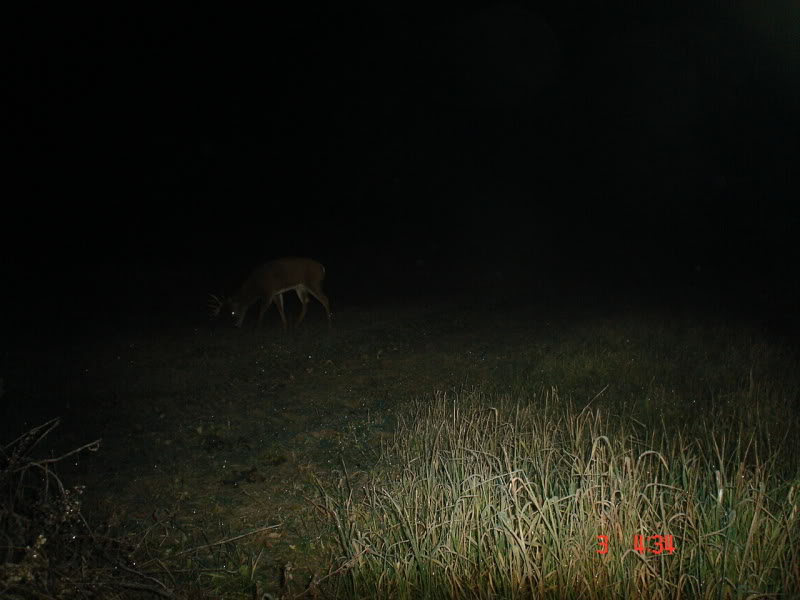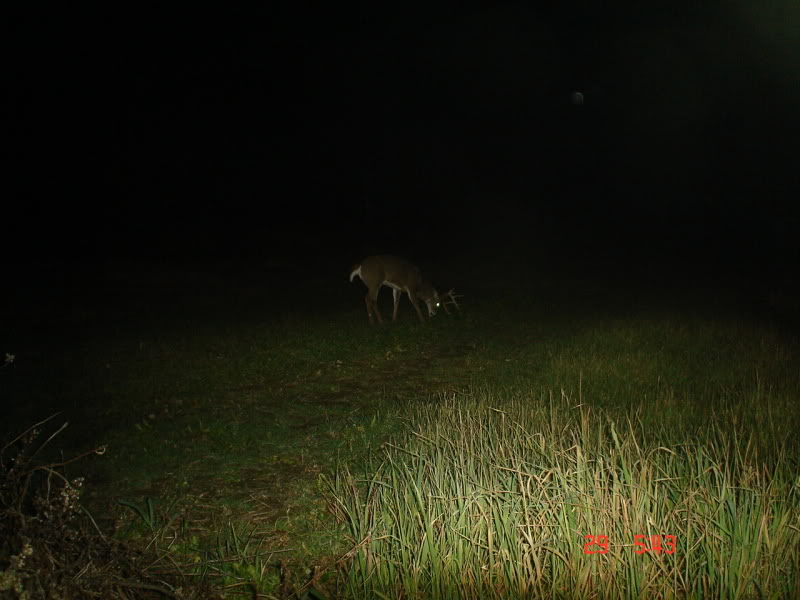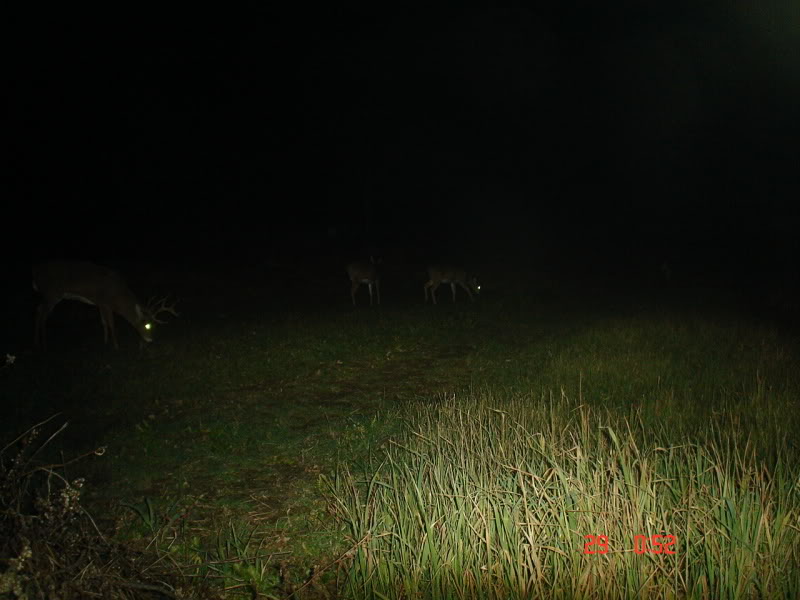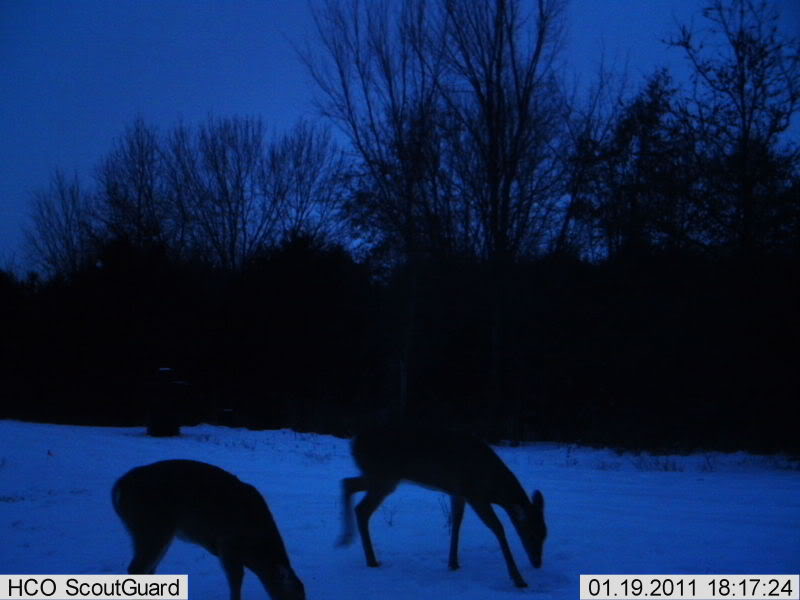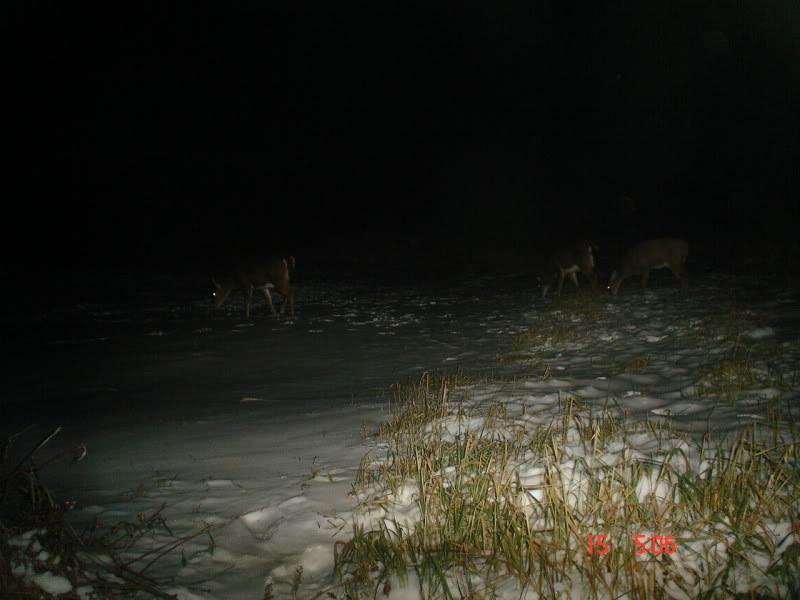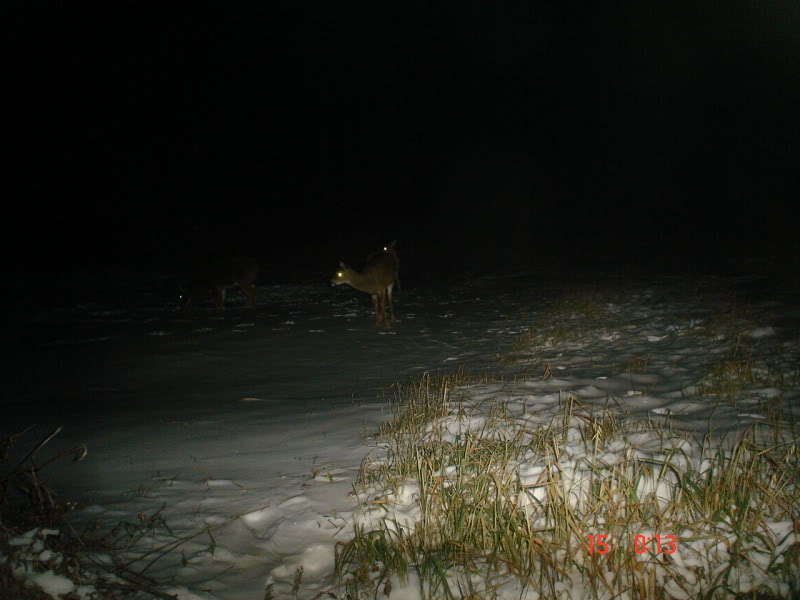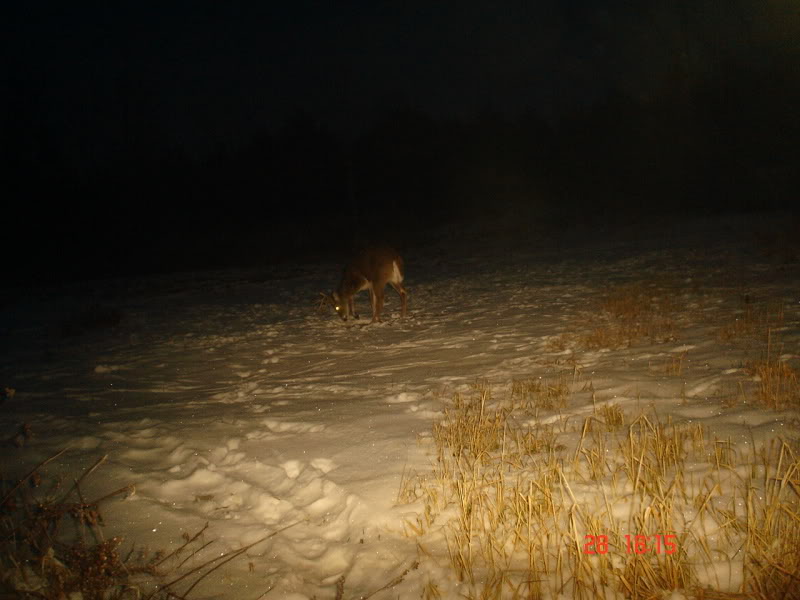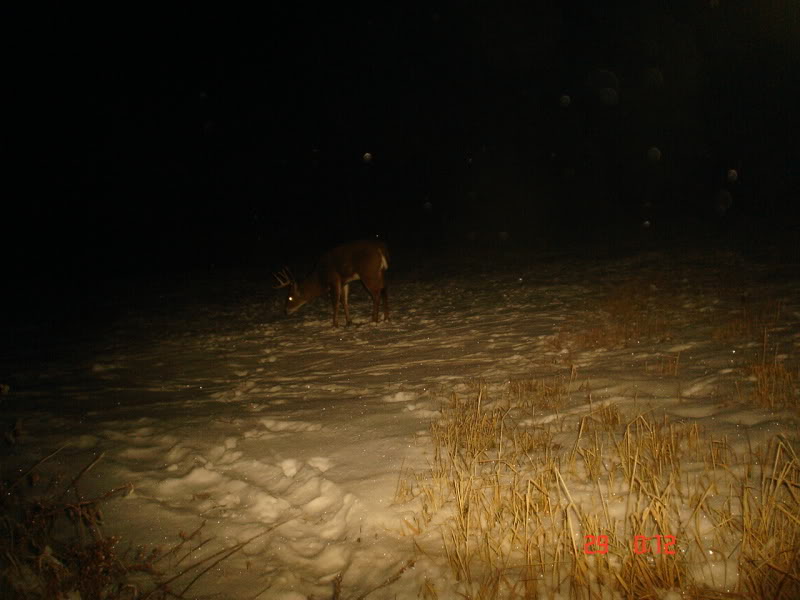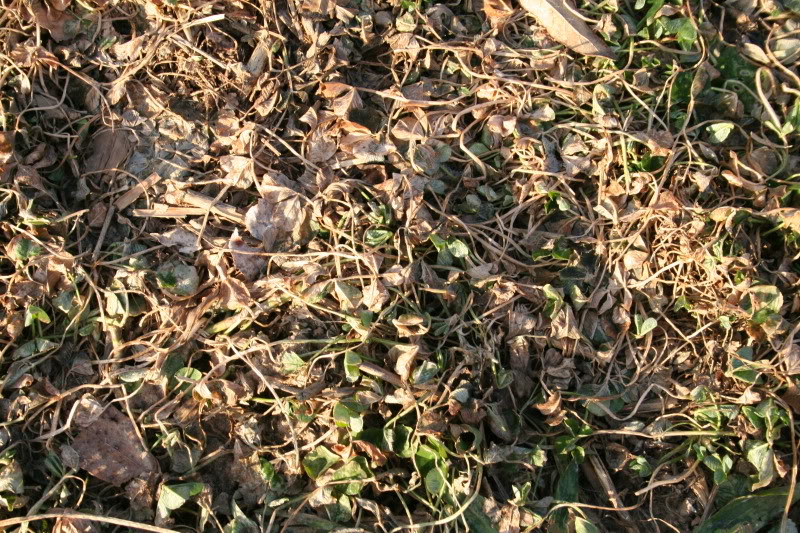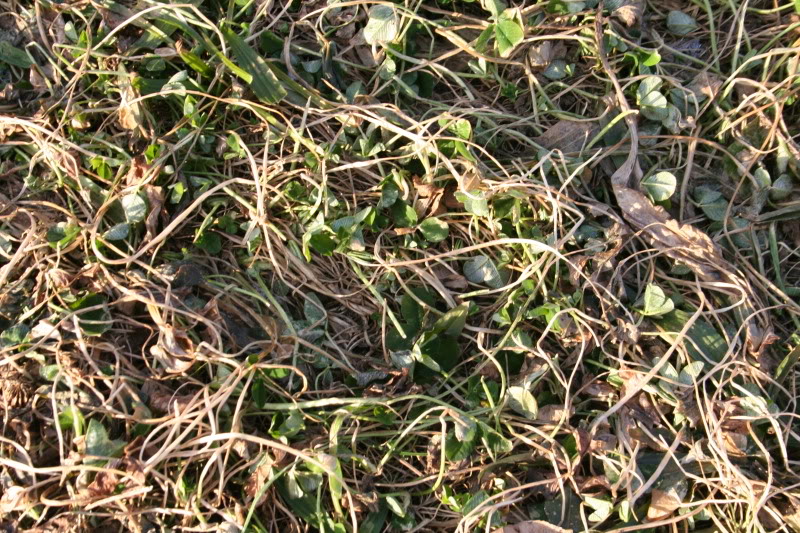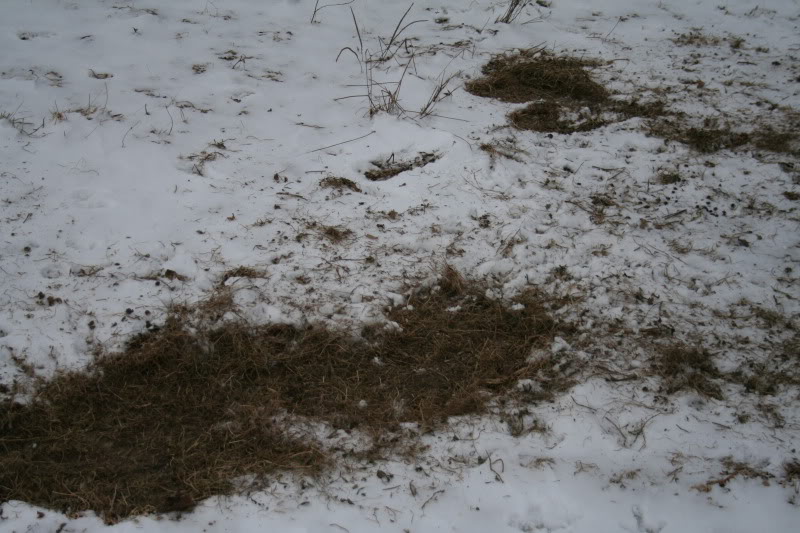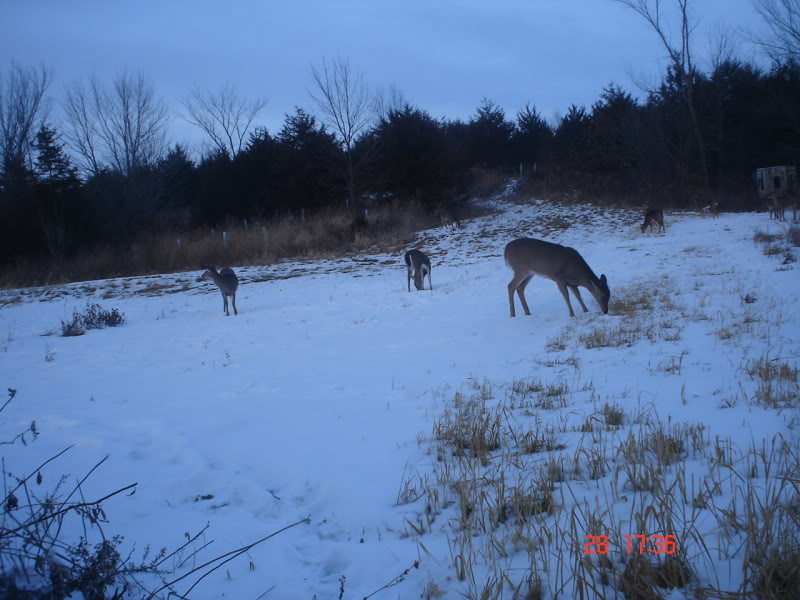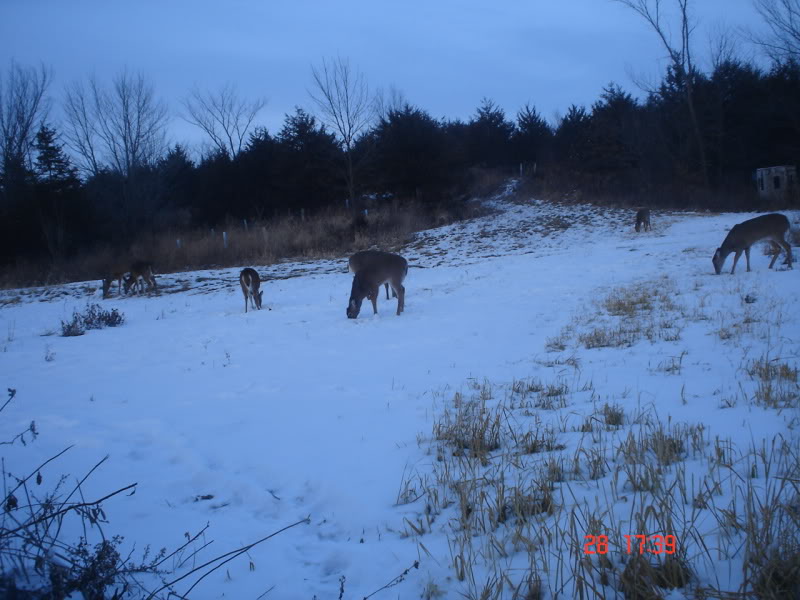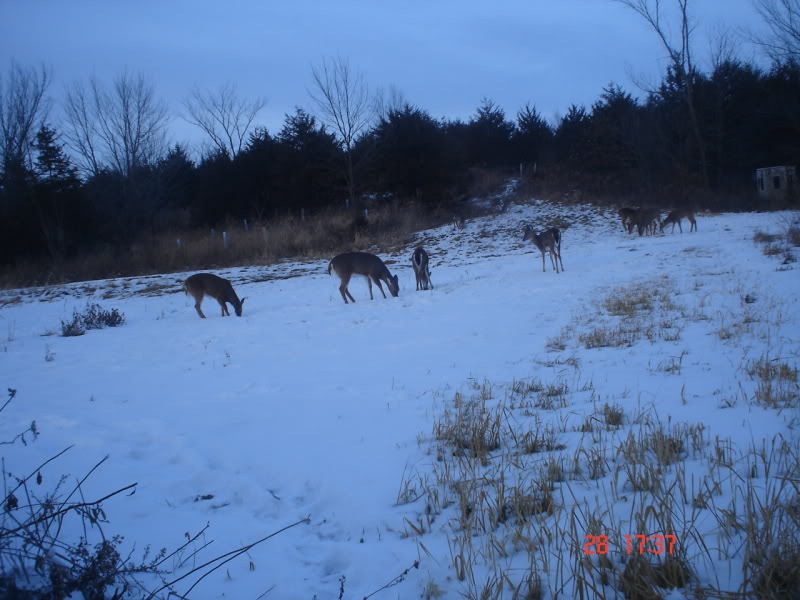dbltree
Super Moderator
The clover test area shown here contains 4 different white clovers from three different sources....note how uniform they are and really nearly impossible to tell the difference.

All great clovers, some of which are used in Sucraseeds High Sugar ryegrass mix. They are lush and healthy thanks to soils improved with fertilizer, lime and crop rotations, established with winter rye in late August...leaving them relatively weed free.

What more could deer want?
Clover on poor soils that has not received appropriate P&K and PH corrections will do poorly and will certainly respond to almost anything that is applied including nitrogen this time of year. Healthy clovers however are busy fixing their own nitrogen and certainly do not need additional N applied.
There is the theory however that applying N to legumes this time of year will some how make them more attractive to whitetails, something I have tested in the past and found this not to be the case. That said...it's always fun to try little experiments and test these theories again.
Because I divide all my plots so that they have 1/3 clover, 1/3 brassicas and 1/3 cereal grains it easy to go cross-ways with nitrogen and then see if the treated areas receive more attention then the untreated ones?
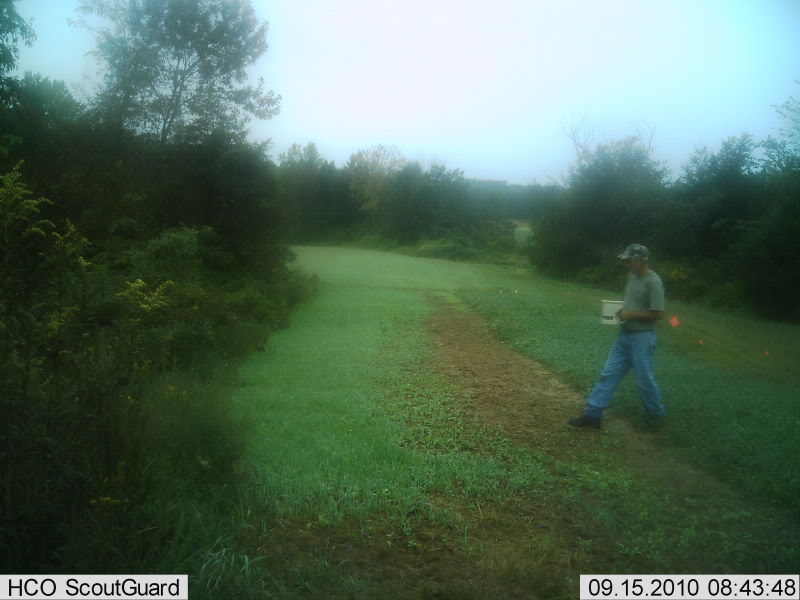
There are several oft overlooked aspects of food sources that are far and away more important then trying to "sweeten" them with nitrogen.
1) Provide food sources YEAR AROUND...not just during hunting season! This means you need multiple food sources planted at different times of the year.
2) Do NOT plant the whole field to one crop! I always hear of someone who says "I have 8 acres of clover planted"!! :shock:
3) Plant your food sources in safe secure areas on your farm that allow you to hunt travel corridors to them rather then hunting the plots themselves. That may require planting screens such as Egyptian Wheat or sorghum while establishing long term screens via conifers and shrubs.
White clovers are very prolific and it takes only small amounts to keep deer fed and despite claims by big name "buck on a bag" seed companies any good healthy white clover (or combination of whites and reds) will attract and hold deer. In this case they are feeding on these clovers despite being right beside standing soybeans.
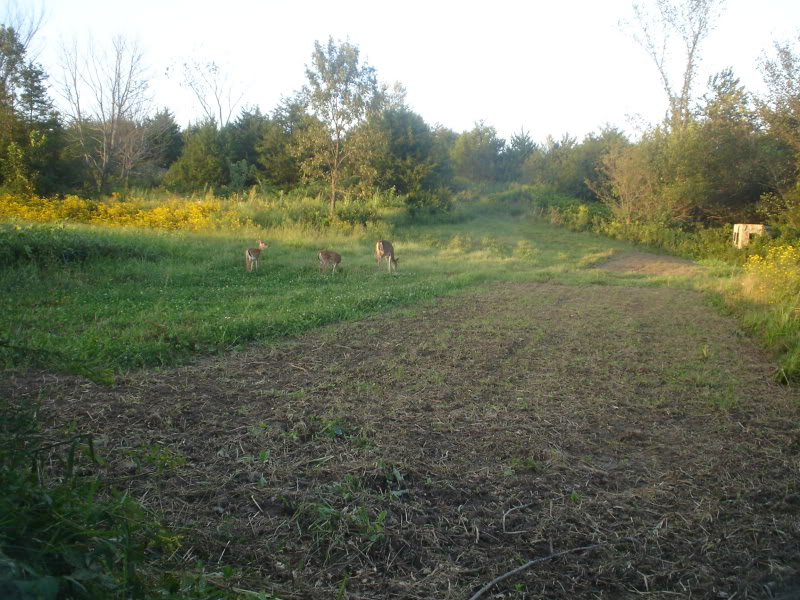
Deer adapt to living in safe bedding areas and feeding in safe feeding areas so are unlikely to come from "miles around" to get to your clover just because you attempt to "sweeten" them with nitrogen.

Trail cams tell a story, they tell the truth about what is happening, which food sources they are feeding on and if they choose one over another. No flash IR cams keep an eye on deer without alarming them and models such as the Scoutguard, Bushnell and Covert cams can now last up to a year and hold 10,000 pics on 16G cards so even if you live hundreds of miles from your property, you can have a record of how and when your food sources are being utilized.
Note here that is this plot was planted to only one crop...it would be for a time "bare" as the center strip appears here...where do you suppose deer would be during that time? Not here that's for certain!
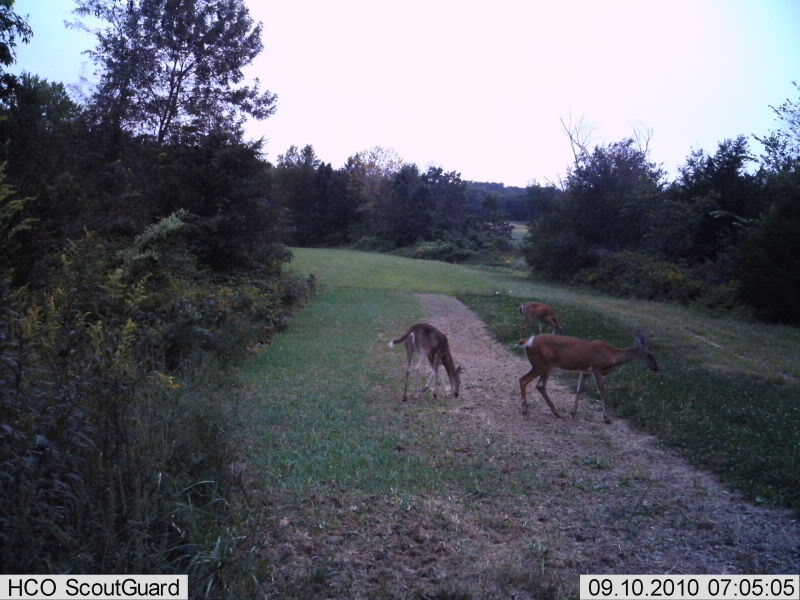
While I plant 1/3 of my plots to clover (where I use a brassica, clover, cereal grain rotation) far less then that is actually needed in most cases. Most white clovers are aggressive and require frequent mowing and that in and of itself tells us we have more then what we need to provide a spring through early fall food source. My clover then is used as a soil building tool, a source of tons of organic mater and up to 200#'s of nitrogen per acre when killed for the next crop.
The only exception to that is the clover marketed by WTI because it is not an aggressive clover and is easily eaten to the ground and just another reason I choose not to plant it. Most white clovers in the $3-5 a pound range will provide high quality, high protein forage and if soil nutrient levels are up to snuff, I think you'll find that no additional N will be required...

All great clovers, some of which are used in Sucraseeds High Sugar ryegrass mix. They are lush and healthy thanks to soils improved with fertilizer, lime and crop rotations, established with winter rye in late August...leaving them relatively weed free.

What more could deer want?
Clover on poor soils that has not received appropriate P&K and PH corrections will do poorly and will certainly respond to almost anything that is applied including nitrogen this time of year. Healthy clovers however are busy fixing their own nitrogen and certainly do not need additional N applied.
There is the theory however that applying N to legumes this time of year will some how make them more attractive to whitetails, something I have tested in the past and found this not to be the case. That said...it's always fun to try little experiments and test these theories again.
Because I divide all my plots so that they have 1/3 clover, 1/3 brassicas and 1/3 cereal grains it easy to go cross-ways with nitrogen and then see if the treated areas receive more attention then the untreated ones?

There are several oft overlooked aspects of food sources that are far and away more important then trying to "sweeten" them with nitrogen.
1) Provide food sources YEAR AROUND...not just during hunting season! This means you need multiple food sources planted at different times of the year.
2) Do NOT plant the whole field to one crop! I always hear of someone who says "I have 8 acres of clover planted"!! :shock:
3) Plant your food sources in safe secure areas on your farm that allow you to hunt travel corridors to them rather then hunting the plots themselves. That may require planting screens such as Egyptian Wheat or sorghum while establishing long term screens via conifers and shrubs.
White clovers are very prolific and it takes only small amounts to keep deer fed and despite claims by big name "buck on a bag" seed companies any good healthy white clover (or combination of whites and reds) will attract and hold deer. In this case they are feeding on these clovers despite being right beside standing soybeans.

Deer adapt to living in safe bedding areas and feeding in safe feeding areas so are unlikely to come from "miles around" to get to your clover just because you attempt to "sweeten" them with nitrogen.

Trail cams tell a story, they tell the truth about what is happening, which food sources they are feeding on and if they choose one over another. No flash IR cams keep an eye on deer without alarming them and models such as the Scoutguard, Bushnell and Covert cams can now last up to a year and hold 10,000 pics on 16G cards so even if you live hundreds of miles from your property, you can have a record of how and when your food sources are being utilized.
Note here that is this plot was planted to only one crop...it would be for a time "bare" as the center strip appears here...where do you suppose deer would be during that time? Not here that's for certain!

While I plant 1/3 of my plots to clover (where I use a brassica, clover, cereal grain rotation) far less then that is actually needed in most cases. Most white clovers are aggressive and require frequent mowing and that in and of itself tells us we have more then what we need to provide a spring through early fall food source. My clover then is used as a soil building tool, a source of tons of organic mater and up to 200#'s of nitrogen per acre when killed for the next crop.
The only exception to that is the clover marketed by WTI because it is not an aggressive clover and is easily eaten to the ground and just another reason I choose not to plant it. Most white clovers in the $3-5 a pound range will provide high quality, high protein forage and if soil nutrient levels are up to snuff, I think you'll find that no additional N will be required...








